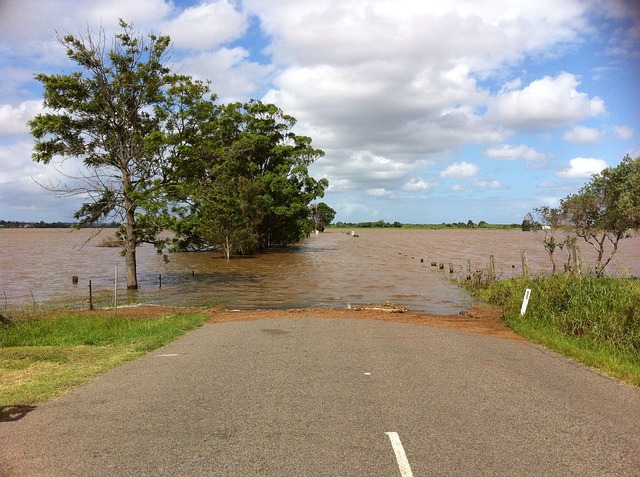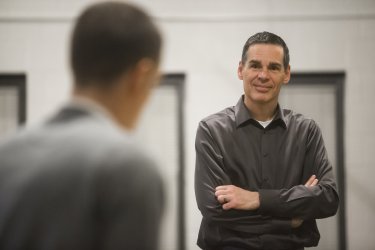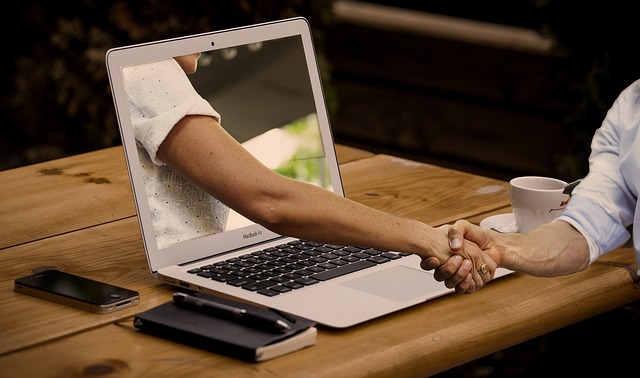Who will GoFundME?
Direct donations may skip those without friends, family.

When Hurricane Harvey made landfall in Texas in August 2017, Houston resident Jeremiah Richard was at a loss for how to get his family of four back on its feet after losing its home and all of its belongings. He turned to a crowdfunding site to share his family’s story, asking anyone who was reading to please help by donating cash. His plea for help touched the hearts of donors from across the country, leading them to give directly to the individual family instead of to a charitable agency to distribute the funds. According to GoFundMe, the Richard family’s online campaign has raised over $79,000 to date.
Direct donations to specific people in need appear to be on the rise and have many charity experts wondering if, when disaster strikes, donors today are more inclined to give to individual families versus donating to an agency that will distribute the resources to all who need it.
David Campbell, associate professor in the College of Community and Public Affairs at Binghamton University, is hard at work finding that answer.
“Disaster philanthropy is changing. People today are asking, ‘Do we need intermediary organizations or can I just visit GoFundMe and GiveDirectly websites to assist a family in need?’” he says.
GiveDirectly.org, a nonprofit organization that provides direct relief to families living in East Africa, is similar in concept to GoFundMe.com: Donors contribute money with the understanding that GiveDirectly will transfer the funds directly to the family in need.
A major difference between the two is that GiveDirectly chooses recipients based on criteria including income, family size and homelessness. GoFundMe allows the donor to read personal testimonies and then choose for themselves where to donate.
Campbell believes that if disaster relief continues to evolve this way, there are potential positive and negative consequences for donors to consider.
“There is a societal benefit in seeing people as people and being able to reach out to them in a time of need,” Campbell says. “In contrast, when we reach out to organizations, we still feel good, but we don’t necessarily make that personal connection that you are able to make when you give to a GoFundMe campaign.”
Campbell’s current research shows that lack of equal access to the skills and resources necessary to advocate through crowdfunding puts some at a disadvantage. For example, direct giving would disproportionately impact low-income families who do not have access to the internet or those who do not have an affluent network to tap into for help.
“It will advantage those who have more creativity and are more innovative,” he says. “It also would advantage those who are not abashed about asking for help. We often think about the digital divide in terms of income, but it also could be knowledge, skills and different age cohorts.”
What if there are no stores?
There are times when a natural disaster can leave an area without electricity, clean water and stores open for business. Under those circumstances, it would be wise for donors to bypass direct giving and, instead, give to intermediary organizations that have teams equipped to strategically direct and distribute donations.
Benjamin Krakauer ’05, MPA ’07, assistant commissioner for strategy and program development for the New York City Emergency Management Office, was dispatched to San Juan, Puerto Rico, to lend expertise to relief efforts after Hurricane Maria ripped into the island in September 2017.
The Roberto Clemente Coliseum was transformed into a commodity staging area, where Krakauer was responsible for managing the facility’s operations.
“We helped San Juan organize the warehouse and develop a tracking mechanism to monitor what was going in and what was going out,” he says.
Krakauer’s team put its skills to the test to ensure that the operations were in place to get resources to the agencies that needed to distribute them.
“The commodities were going to soup kitchens, nursing homes and isolated communities that needed food and water,” he says.
Families relied on additional intermediary organizations, such as the Red Cross, to distribute resources immediately. Hurricane Maria left the area so devastated that accessing money from a crowdfunding site to spend at a store wasn’t an option.
Although the future of disaster philanthropy is unclear, whether a donor chooses to give directly to a family like the Richards or to an intermediary organization, Campbell and Krakauer both agree that cash is typically the best thing to give for disaster relief.
Donated goods — water, diapers, food — are labor-intensive for the intermediary agency and involve several points of contact before they are delivered to those in need.
“Whenever you donate goods, as opposed to giving cash to an intermediary organization to buy supplies, you could be adding a lot of complexity and cost to the process, and instituting delays. Cash really is best in these situations. Your dollar is going to go a lot further in terms of disaster relief and response,” Krakauer says.


